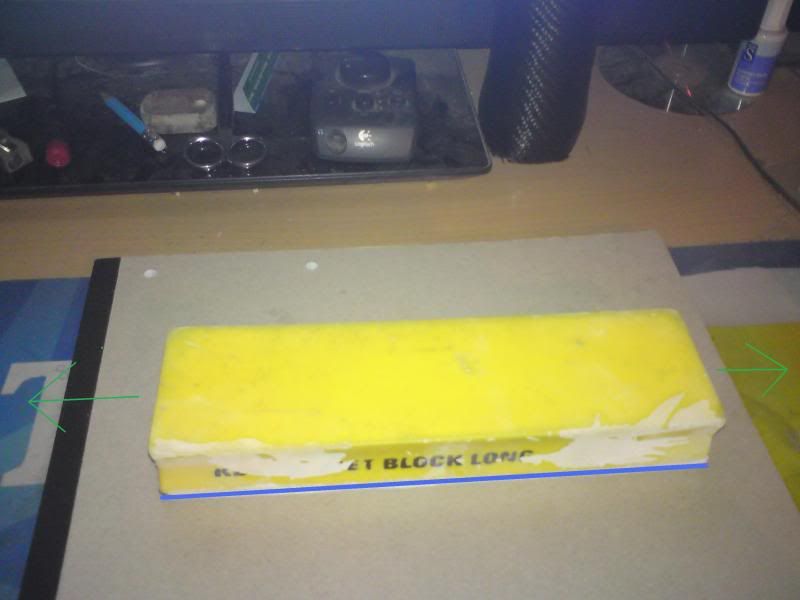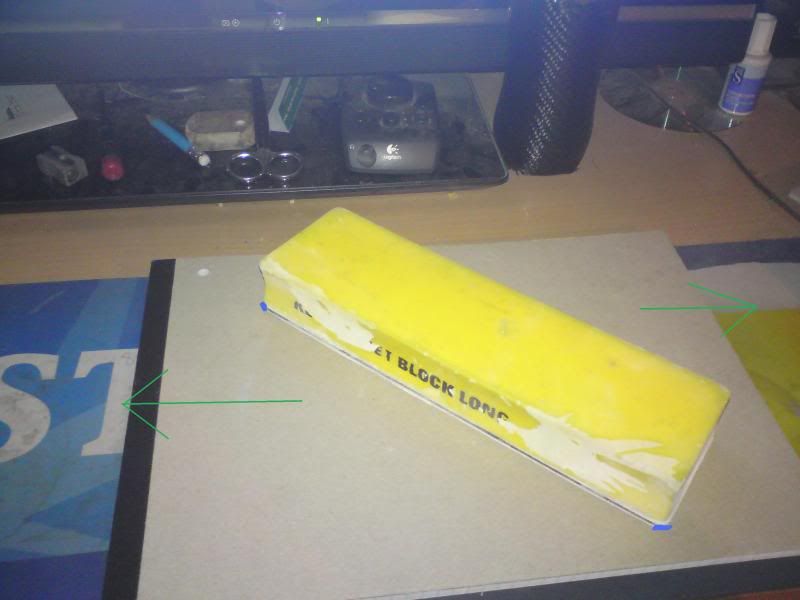remember300
Active member
Seeing all these themed builds i wanted to make my pretty average build (for this site anyway) and make it my own.
I unfortunately want a theme based on Toshiro from Bleach:

Which is an issue with a rog board
I could of gone for a white case but id like a darker theme.
im working with my Corsair C70 and will be using some "Peugeot Tivoli Blue" on the main back plate with this little lot:

this will be my first painting that is not little models so im not sure apart from cleaning it well how to get a good coverage that is nice and even will be using the primer to get it nice and smooth looking.

I have also cleared my hdd bays out 1 for better air flow and 2 ill be making a nice panel which will be back lit by more corsair RGB leds

I will use white/ light blue lighting inside the case and will be redoing the front IO with blue accents and im going to steal the tights idea for my fan filters.
sorry for lack of pics but id rather show the progress than what im with atm
Any tips would be great hope you enjoy this
Edit:
I also want to get my hands on those dom plat bars for a mod don't wanna mess mine up and and ruin them.
I unfortunately want a theme based on Toshiro from Bleach:

Which is an issue with a rog board
I could of gone for a white case but id like a darker theme.
im working with my Corsair C70 and will be using some "Peugeot Tivoli Blue" on the main back plate with this little lot:

this will be my first painting that is not little models so im not sure apart from cleaning it well how to get a good coverage that is nice and even will be using the primer to get it nice and smooth looking.

I have also cleared my hdd bays out 1 for better air flow and 2 ill be making a nice panel which will be back lit by more corsair RGB leds

I will use white/ light blue lighting inside the case and will be redoing the front IO with blue accents and im going to steal the tights idea for my fan filters.
sorry for lack of pics but id rather show the progress than what im with atm
Any tips would be great hope you enjoy this
Edit:
I also want to get my hands on those dom plat bars for a mod don't wanna mess mine up and and ruin them.
Last edited:















